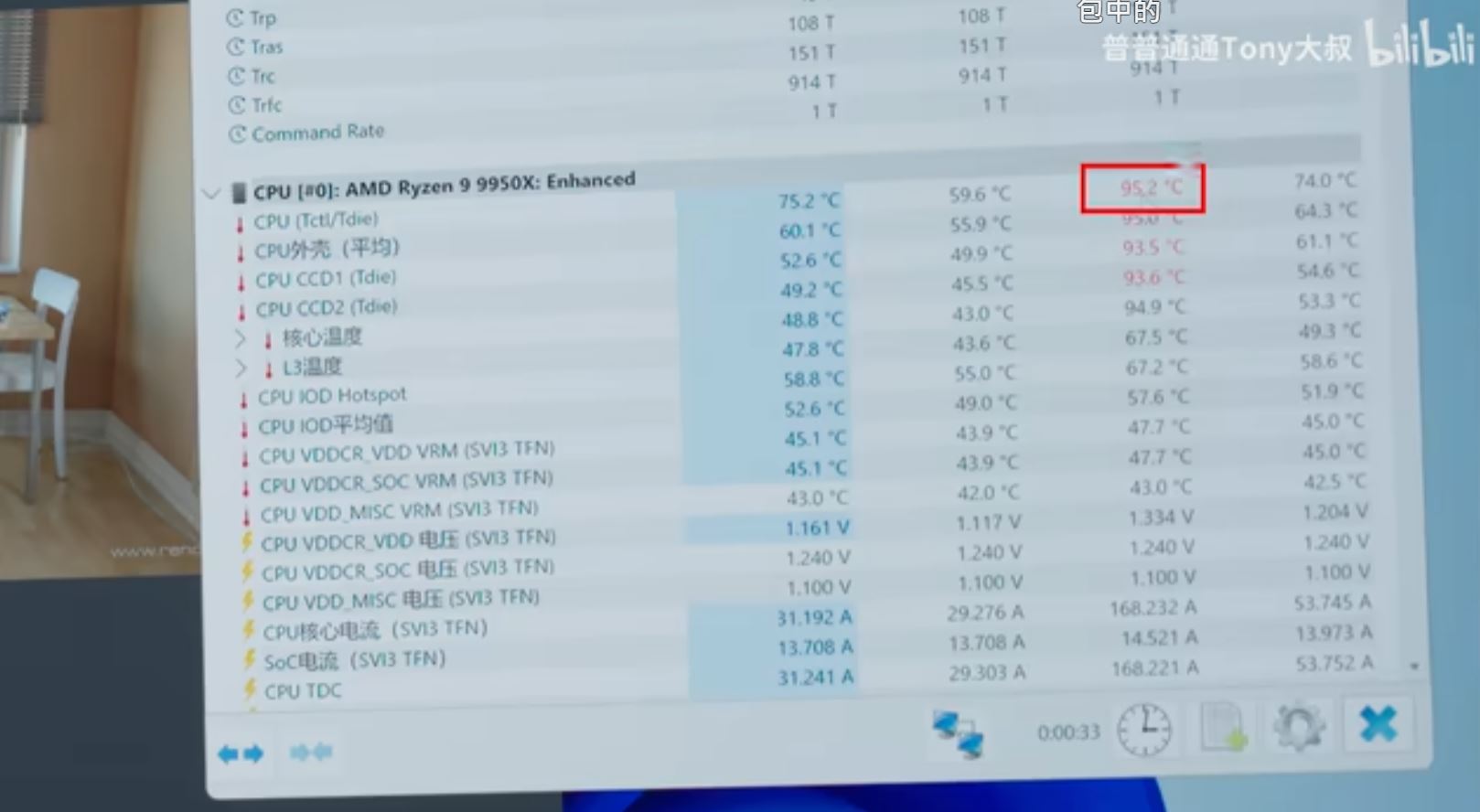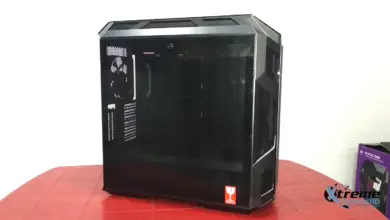Noctua’s NH-P1 demonstrates its efficient cooling even at a whopping 225W TDP but since the case side panel was kept open, the processor could have thermal throttled easily with the panel closed.
ProArt PA401 compact chassis looks small but is capable of delivering high airflow. The only thing left to improve was the temperature
Roughly a week ago, ASUS debuted its ProArt PA401 Wood Edition chassis, claiming that it delivers ‘exceptional’ cooling apart from exhibiting an aesthetic design. The statement isn’t wrong as the PA401 just demonstrated it in one of the latest tests conducted by ASUS’s General Manager of China, Tony Yu.

There is a full video on Bilibili, which shows the configuration and testing methodology by Tony. Since the case is small, one would expect that the PA401 wouldn’t accommodate large air coolers but the Noctua NH-P1 fit totally fine, although it occupied quite a good amount of space inside. The CPU used in the testing was the flagship Zen 5 Ryzen 9 9950X, which is a monstrous 16-core/32-thread CPU with 170W of TDP.
When tested in Cinebench R23, the CPU scored 42451 points, which is on par with the CPU’s strength when used with good cooling solutions. However, Tony showed the CPU temperature in HWMonitor, which touched 95°C, which is also the maximum operating temperature AMD recommends. This does mean that the Ryzen 9950X was on the verge of thermal throttling but it should be also pointed out that at the time of the test, the CPU was pulling close to 225W, which is already 55W higher than the max TDP on default clocks.

It’s still an amazing cooling performance by Noctua NH-P1 but I am curious as to what would happen if the side panel was put back and how it would go if the front panel and rear case fans were removed. As the passive cooler is aimed at 100% silent operation, installing fans inside the chassis makes no sense unless you are ok with some little noise and are good when fans operate at 50% speed or less.
With this in mind, one could also put a small 80mm or 120mm fan on the NH-P1 since it supports up to three fans and it would have made almost little to no noise at <50% fan speed but the temperatures would be several degrees lower. The ProArt PA401 is a specially designed case for both high airflow and low noise, and using the PWM control on the front panel would make controlling the fan speed very convenient.

Nonetheless, if users want to execute lighter workloads like gaming, the processor stays mostly around 100-120W, which Tony demonstrated by playing Wukong: Black Myth. We didn’t get to know the CPU temperature at that point but it should have been around 80C or less.





